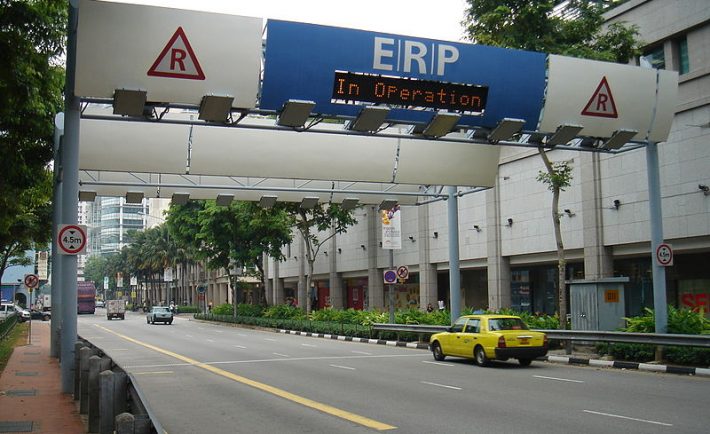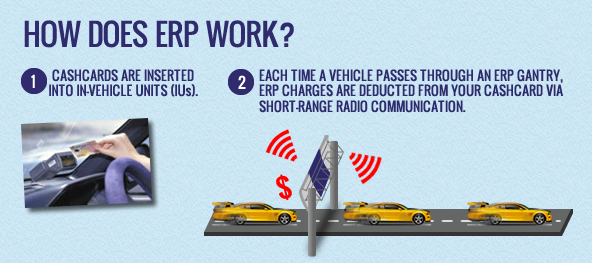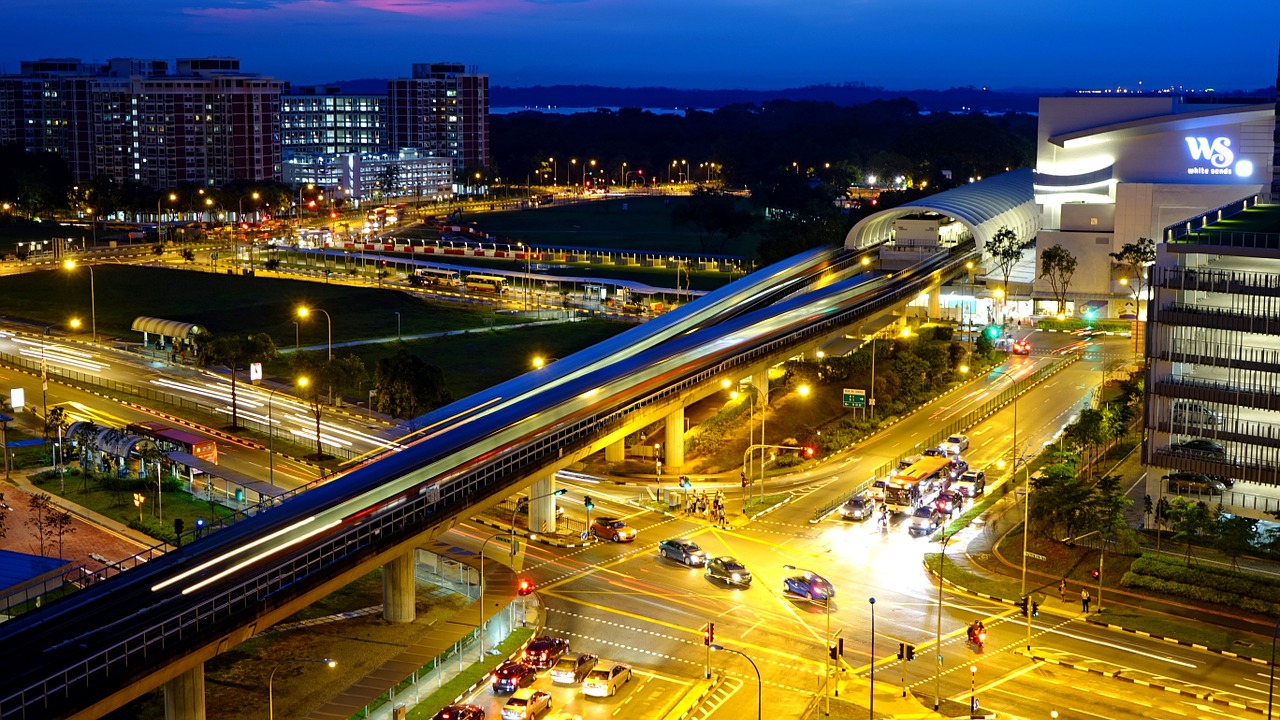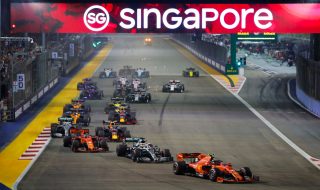
As far as the majority is concerned, ERP is something that you must avoid during peak hours. Many Singaporeans plan their routes beforehand in order to drive away from the relatively costly charges. But, have you ever wondered why ERP exists?
ERP or Electronic Road Pricing emerged as a means to control the traffic conditions. Managing the congestion is a must as there is a limit to the number of roads that one can build in Singapore.
I have a simple task for you! As you travel to developing countries, observe how demanding it is for drivers to queue up to the appropriate toll booths. The ERP scheme diminishes this problem by deducting your payments in a wireless manner, without seeking further actions from the drivers.

Image Credits: lta.gov.sg
Its robustness paved way for the significant expansion from 2 to 80 distinct gantries (i.e., bridge-like overhead structure with a platform). You see, ERP was activated on the 1998. Its predecessor was known as the Area Licensing Scheme. Drivers in the late 70’s will remember this.
You may wonder how ERP rates are determined. In complex terms: “rates will be adjusted accordingly based on an optimal speed range of 20-30 km/h on arterial roads and 45-65 km/h on expressways”. In simpler terms, ERP rates are determined by a quarterly review of traffic speeds on certain roads. Factors that affect the rates include:
a. the passenger car unit equivalent,
b. the time you entered the restricted zone, and
c. the systemic pattern during peak hours (i.e., charges alter every half hour during peak hours).

Image Credits: pixabay.com
The future of ERP takes form as a Global Navigation Satellite System. NCS Pte Ltd. and Mitsubishi Heavy Industries Engine System Asia Pte Ltd. were appointed to develop this new-age ERP. It will be operational by 2020.
Are you ready for this contemporary shift and its potential effects on the road rates?




